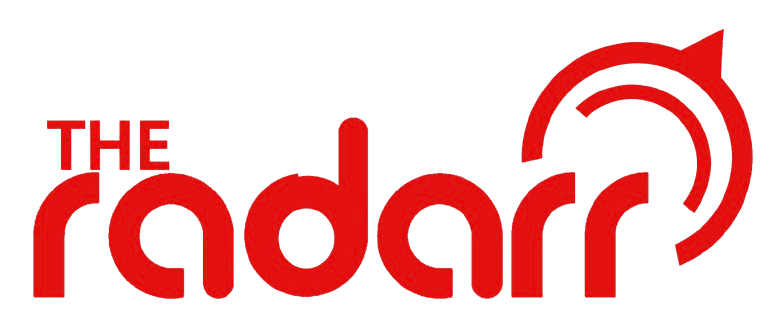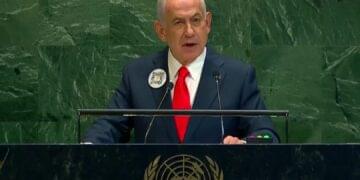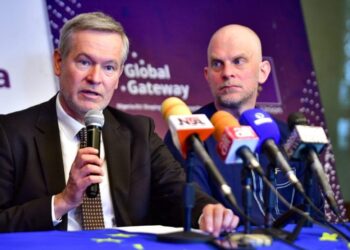Primary Health Care (PHC) is the cornerstone of effective health systems and a critical pathway to achieving Universal Health Coverage (UHC), especially in low- and middle-income countries like Nigeria. Rural communities in Nigeria, comprising over 48% of the population, face significant health challenges due to poor infrastructure, lack of skilled health personnel, and limited access to quality health services. Despite these challenges, targeted PHC interventions, such as immunization programs, antenatal care (ANC), malaria prevention and treatment, and health education, offer cost-effective solutions for reducing disease burden and improving population health. However, limited financial resources necessitate a thorough cost-effectiveness analysis (CEA) to guide decision-making, especially in rural settings where the marginal value of each Naira spent is crucial. Understanding which interventions provide the greatest health outcomes relative to cost is key to strengthening PHC and moving Nigeria closer to UHC.
Routine childhood immunization is one of the most cost-effective PHC interventions in Nigeria. According to a 2023 study by the Nigeria Centre for Disease Control (NCDC), every Naira spent on immunization returns approximately ₦16 in economic and social benefits. The Expanded Program on Immunization (EPI), supported by Gavi, has helped reduce vaccine-preventable diseases such as measles, polio, and tetanus. In rural areas of Kebbi and Bauchi states, vaccine coverage improvements between 2017 and 2022 contributed to a 65% decline in measles-related mortality. The cost per Disability-Adjusted Life Year (DALY) averted through immunization has been estimated at less than ₦1,000, significantly below Nigeria’s GDP per capita (~₦880,000), making it a highly cost-effective intervention by WHO standards. Yet, logistical challenges, including cold chain disruptions and vaccine hesitancy, remain barriers to broader impact.
Maternal and newborn health services, particularly antenatal care and skilled delivery attendance are also highly cost-effective PHC interventions. In rural Cross River State, a 2023 pilot project showed that investing ₦5,200 per woman on providing four ANC visits and delivery by skilled birth attendants led to a 37% reduction in maternal mortality within two years. The cost per life saved was approximately ₦45,000, far below the threshold typically used to assess cost-effectiveness in low-income settings. Furthermore, the introduction of conditional cash transfers for rural pregnant women to attend clinics increased ANC attendance rates by 60%, highlighting that even modest investments can yield substantial health gains and economic benefits. These outcomes reinforce the value of embedding maternal health services into community health programs and integrating them with financial incentives.
Malaria remains a leading cause of morbidity and mortality in Nigeria, particularly in rural areas where healthcare access is limited. CEA studies have shown that insecticide-treated nets (ITNs) and Artemisinin-based Combination Therapies (ACTs) are among the most cost-effective tools for malaria control. For example, a 2020 evaluation by the Malaria Consortium in rural Nasarawa State found that distributing ITNs cost ₦1,200 per net and averted one malaria case for every three households reached. The average cost per DALY averted for ITN distribution was ₦6,800, while for ACTs it was ₦9,500—well within WHO’s “very cost-effective” threshold. Importantly, integrating malaria interventions into routine PHC platforms and school health programs led to better uptake and adherence. These findings suggest that cost-efficient malaria control is possible when interventions are bundled within community-based health systems.
Health education campaigns targeting hygiene, breastfeeding, and sexual/reproductive health are also cost-effective and often underutilized in rural Nigeria. A 2019 randomized control trial conducted by the Institute of Public Health, Obafemi Awolowo University, revealed that health education sessions delivered via trained Community Health Extension Workers (CHEWs) cost ₦800 per participant and significantly increased handwashing and exclusive breastfeeding rates. Over a 12-month period, diarrheal disease incidence dropped by 35% among children under five in intervention communities. The cost per DALY averted from improved hygiene behaviours was estimated at ₦3,500. These low-cost interventions not only reduce preventable diseases but also enhance the effectiveness of other PHC services. Moreover, community engagement builds trust, which is essential for sustained health-seeking behaviours and for expanding access to UHC in traditionally underserved populations.
When viewed collectively, cost-effectiveness data clearly support prioritizing PHC interventions as a strategic and economically sound investment in rural Nigeria. The average cost-effectiveness ratio (CER) for key interventions such as immunization, malaria control, and ANC ranges between ₦1,000 and ₦10,000 per DALY averted—well within the cost-effective threshold. However, financial constraints, fragmented funding streams, and weak coordination between federal, state, and local health authorities hinder scalability. A reallocation of funds toward high-impact, low-cost PHC interventions could significantly improve health outcomes while enhancing the fiscal efficiency of Nigeria’s health system. This reallocation must be guided by real-time data and local needs assessments to ensure contextual relevance and sustainability.
The cost-effectiveness of PHC interventions in rural Nigeria provides a strong foundation for advancing Universal Health Coverage. Policymakers should prioritize investment in evidence-based interventions such as immunization, maternal care, malaria control, and health education, which offer high returns in terms of lives saved and diseases averted. Strengthening community-based delivery platforms, incentivizing the rural health workforce, and institutionalizing cost-effectiveness analysis in planning and budgeting processes are essential. Furthermore, integrating health economic data into the National Health Insurance Authority’s benefit package design can ensure equity and efficiency in service provision. Ultimately, aligning economic value with health priorities will accelerate Nigeria’s journey toward equitable, accessible, and sustainable health for all.



































